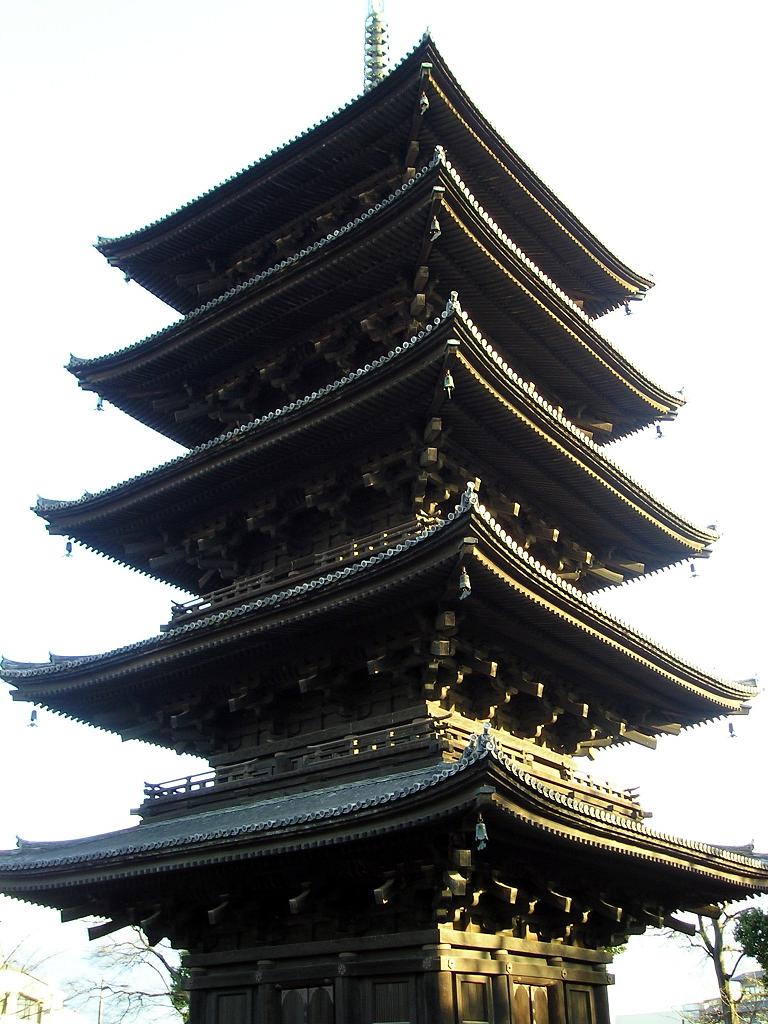Natasha Glydon
Commonly, we consider symmetry to include basic line symmetry only. We think of the human body, maybe a lamp, or something else that is vertically symmetrical. But symmetry includes much more than just line symmetry. Symmetry includes patterns and explaining repetition in design.
Architecture encompasses other types of symmetry as well, including: rotational (the Pentagon), spiral (spiral staircases), cylindrical (the Calgary Tower), chiral (human hands), similarity (the roof of a pagoda), and translational (repetition) symmetry. Ultimately, symmetry is a way to describe shapes and design and to organize geometry.
 |
One architectural feature where symmetry is evident is a frieze design. A frieze design consists of repeated copies, along a line, of a single figure or block. If we categorize frieze designs by the amount of symmetry they have there are seven symmetry groups. Frieze patterns can be seen on walls, railings, verandahs, etc. These patterns can be seen in art and architecture around the world. The transformations that produce these symmetries are very common to the mathematical world. For more information on frieze patterns, visit the Math Central website and enter the word frieze into the resource room research window.
In modern types of architecture, it sometimes seems impossible to recognize a pattern. When patterns seem completely random, like the weather, for example, Chaos Theory can explain the hidden patterns. Chaos Theory is built on the basis of the Butterfly Effect. Essentially, even the smallest initial change can make the end result substantially different. Chaos Theory is most commonly used to predict weather conditions and guess future population numbers. However, the seeming randomness of chaos is what defines modern architecture.
